Background:
Water is the primary component that makes up about 60 percent of our body weight. When we feel dizzy or have low energy, often times it is because our hydration meter is running low. According to the National Academies of Sciences and Engineering, males should be drinking 15 cups a day, whereas women are recommended to drink about 11 cups a day. This counters the popular belief that everyone should be drinking 8 cups of water a day.
There have been many times where I was so focused on an activity that I forgot to drink enough water and this resulted in symptoms of dehydration (i.e. dizziness, fatigue). To counter this, I thought of making an electronic desk accessory that was made of soft rubber and in the shape of a water droplet that pulsed a soft glowing white light until a button was pressed to dismiss the alert. This pulsing white light served as a better distraction compared to a cell phone alarm or calendar alert, which were easy for me to dismiss. The alert was to occur every hour and a half from the time the device was turned on until the user indicated they had drank a total of (n) number of cups. When the final button press is made for the day, a dazzling light blue display sparkles until it shuts down.
Circuit Design:
Below on the left, is the design of the circuit made with TinkerCad. This is a free online circuit modeling program that allows you to save images of your circuit design and even run your program to test expected behavior. On the right, there is a picture of the soldered components to proto-board that includes an LED ring with a button mounted in the middle. This button is raised higher up to allow a user to easily press the top of the water droplet to indicate that they have gotten up to go drink a glass of water. The circuit design below shows an Arduino UNO, although for the final product an Arduino Mini Pro 5v is used to reduce the form factor and to make it portable by hooking up a lithium battery as the power source.
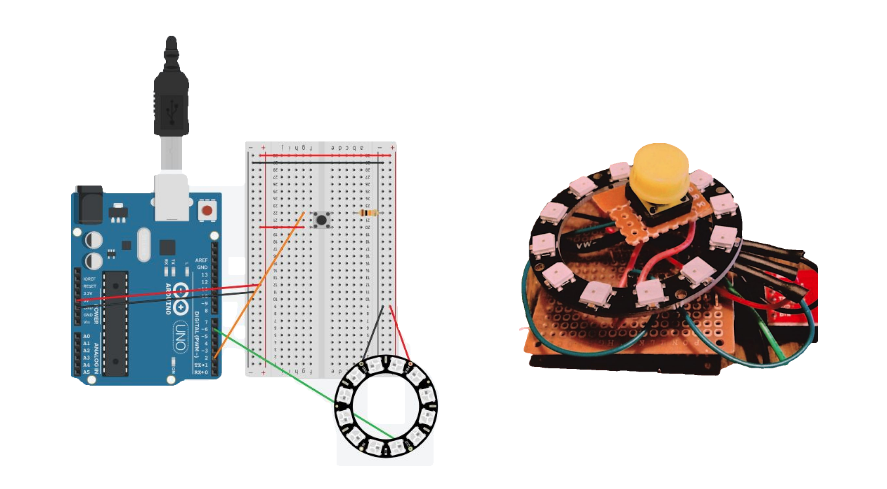
3D Object Model Design:
This model took roughly an hour to design and was made using OpenSCAD, a free software program used for designing 3D CAD objects. It took 9 hours to 3D print and the rubber solution was prepared and then poured into the custom mold and set for 5 minutes before it was ready.
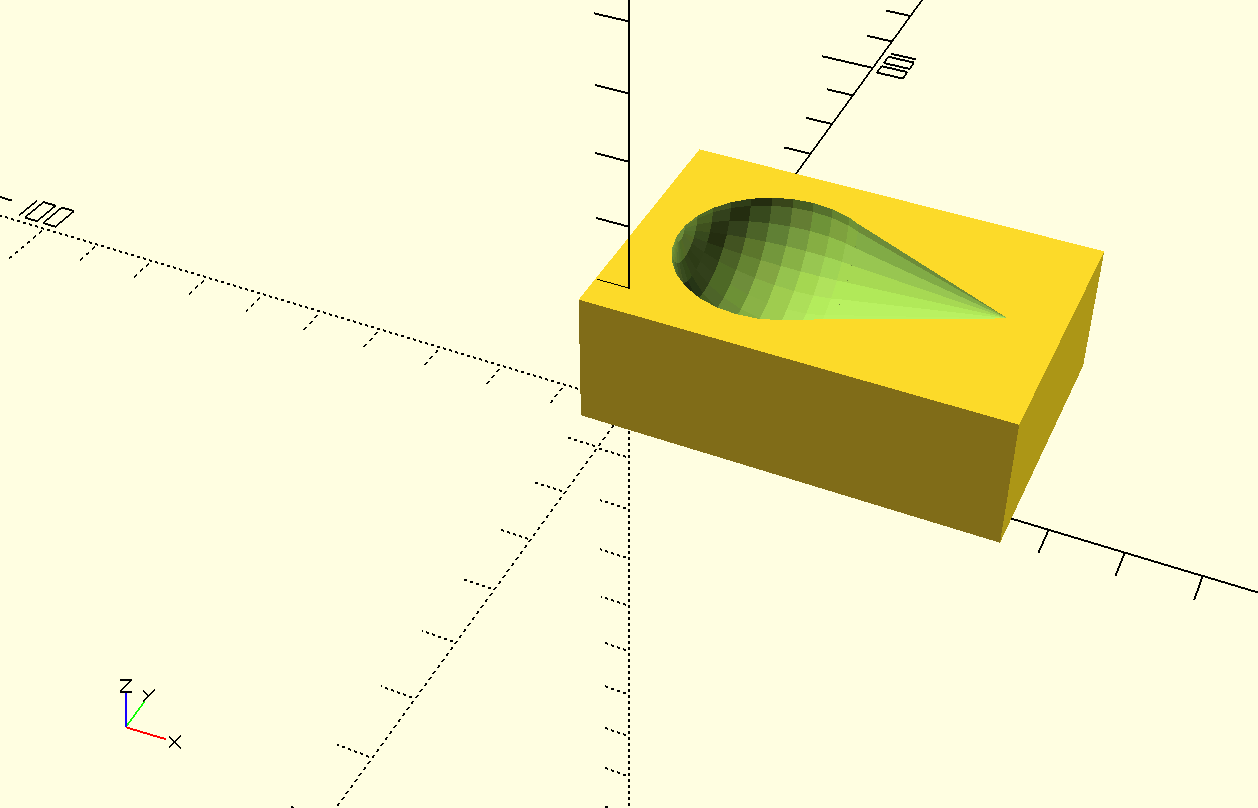
Final Product:
Here is the final version below. Light from the LED ring appears to diffuse well through the translucent soft rubber (made with ComposiMold’s soft rubber 2 part solution). The reason for using soft rubber was to allow for buttons to be pressed on the surface, to come into contact with the embedded circuitry and also serves as an insulator.
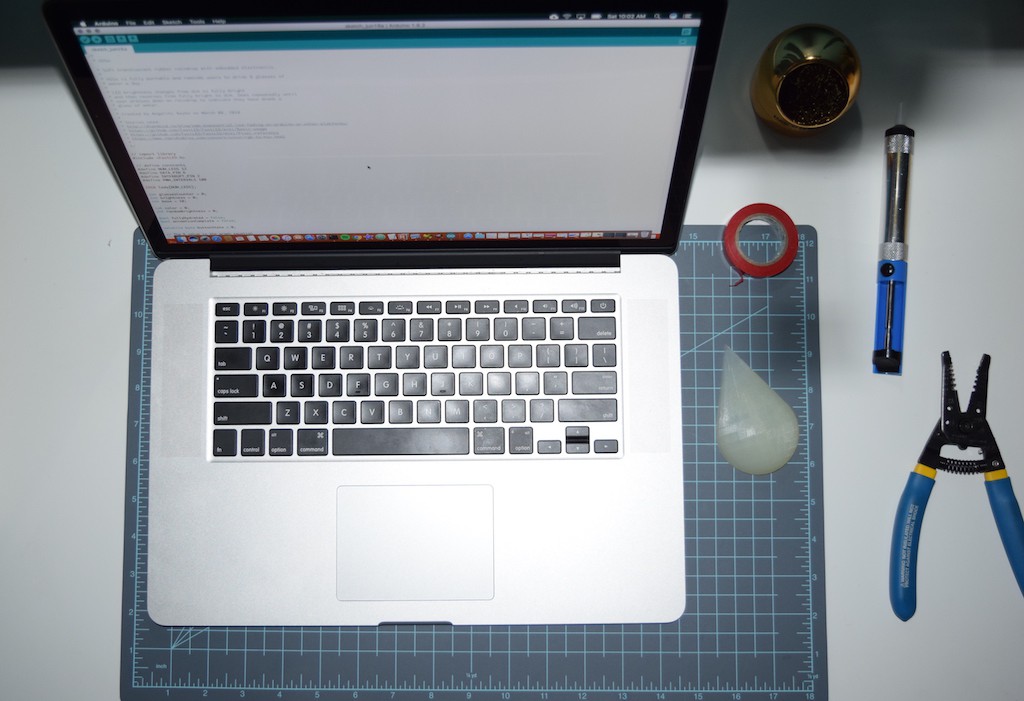

Challenges:
There were two important things I learned from this project. 1.) Perceived brightness to the human eye is on an exponential curve and so you need to slow down the rate at which brightness increases in order to see the light pulse from dimmest to brightest. To do this, you can apply a logarithm function, since it is the inverse of an exponential function. 2.) It is difficult to program simultaneous events with electronic hardware. At first I tried out polling, which is a method used to switch from function to function after a brief period of time has passed, to fake simultaneous events. Then I discovered interrupts and found that you can use the Arduino’s interrupt pin to listen for button presses and subsequently change a boolean flag (e.g. isButtonPressed = false → isButtonPressed = true).
Making your own solution to a problem is a fun and rewarding process. I can say that I have been much better about drinking water since making the water droplet.
To see the code behind the droplet, visit: https://github.com/abeyko/h2go
Thank you to the friends who helped me with this project: Kristina Durivage, Eric Marks, Brian McEvoy, Ryan Matzke.
 Angeliki Beyko
Angeliki Beyko


 Kent Rueckert
Kent Rueckert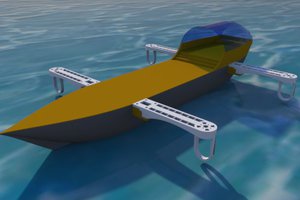
 ken.do
ken.do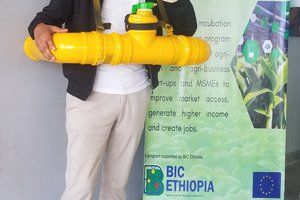
 Anteneh Gashaw
Anteneh Gashaw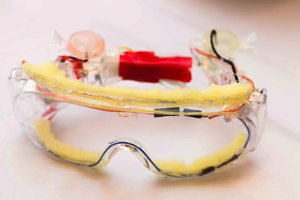
 spandana.cheruvu
spandana.cheruvu
That droplet came out great! Nice job with the casting process.